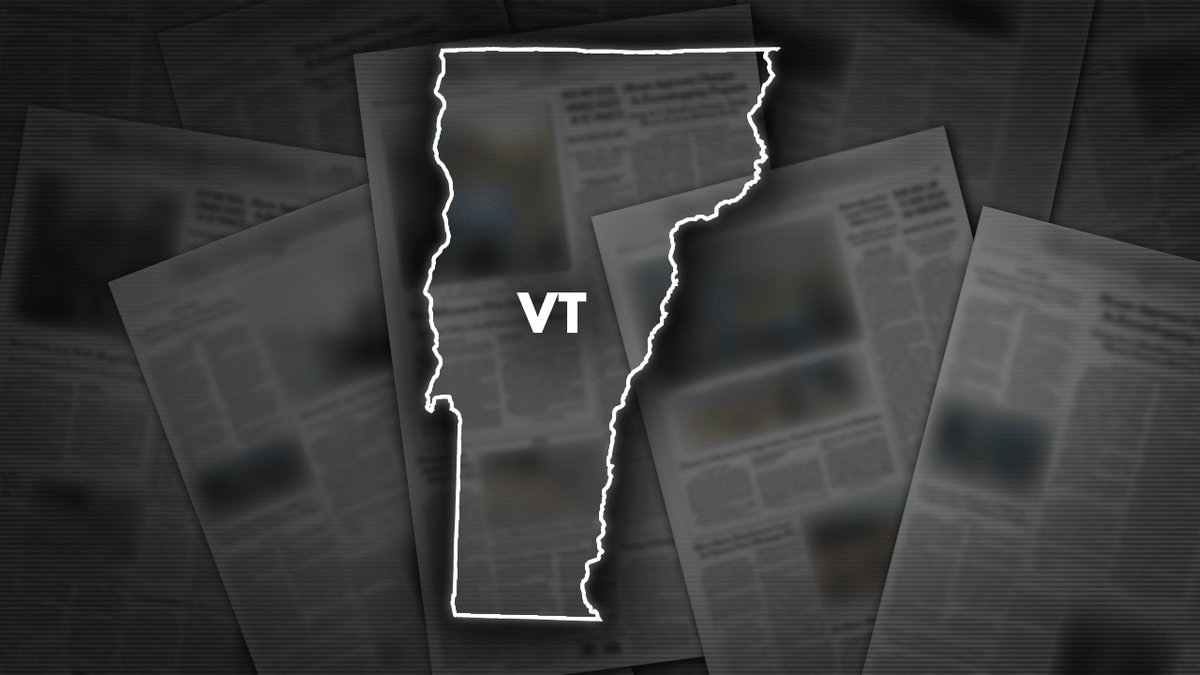Fox News Flash top headlines for January 27
Fox News Flash top headlines are here. Check out what's clicking on Foxnews.com.
A federal appeals court in New York is considering whether a law school in Vermont modified a pair of large murals when it concealed them behind a wall of panels against the artist's wishes after they were considered by some in the school community to be racially offensive.
Artist Sam Kerson created the colorful murals entitled "Vermont, The Underground Railroad" and "Vermont and the Fugitive Slave" in 1993 on two walls inside a building at the private Vermont Law School, now called Vermont Law and Graduate School, in South Royalton. Years later in 2020, the school said it would paint over them. But when Kerson objected it said it would cover them with acoustic tiles. The school gave Kerson the option of removing the murals, but he said he could not without damaging them.
When Kerson, who lives in Quebec, sued in federal court in Vermont, the school said in a court filing that "the depictions of African Americans strikes some viewers as caricatured and offensive, and the mural has become a source of discord and distraction."
SAN FRANCISCO SCHOOLS USED OVER $500K MARKED FOR IMPROVEMENTS TO REMOVE 'OFFENSIVE' WASHINGTON MURAL
Kerson lost his lawsuit in U.S. District Court in Vermont. He appealed, and the 2nd U.S. Circuit Court of Appeals heard the case on Friday.
Kerson's lawyer again argued that the artwork is protected by the federal Visual Artists Rights Act, which was enacted "to protect artists against modifications and destruction that are prejudicial to their honor or reputation," Steven Hyman said.

A Canadian artist sued a Vermont law school for allegedly hiding two murals behind acoustic panels against his wishes.
He said the covering of the artwork for the purpose of preventing people from viewing it is a modification and that Kerson "must suffer the indignity and humiliation of having a panel put over his art."
UKRAINE: SUSPECTED BANKSY MURAL THIEF COULD GET 12 YEARS IN PRISON
But the school's lawyer, Justin Barnard, argued that covering the artwork with a wood frame that doesn't touch the painting and is fixed to the wall is not a modification.
"Modification implies that something is left, it is a modified form," Barnard told the judges. He also said concealing the artwork is not destruction.
"There is a unique harm felt when you destroy something and remove it from the face of the earth. That is not what we’re talking about, here," he said. "We’re talking about simply the right of a private institution or a private individual to remove a work from display."
CLICK HERE TO GET THE FOX NEWS APP
When asked by the judges, Barnard said it is the school's intention to leave the wall up, at least for the rest of the artist's life.


